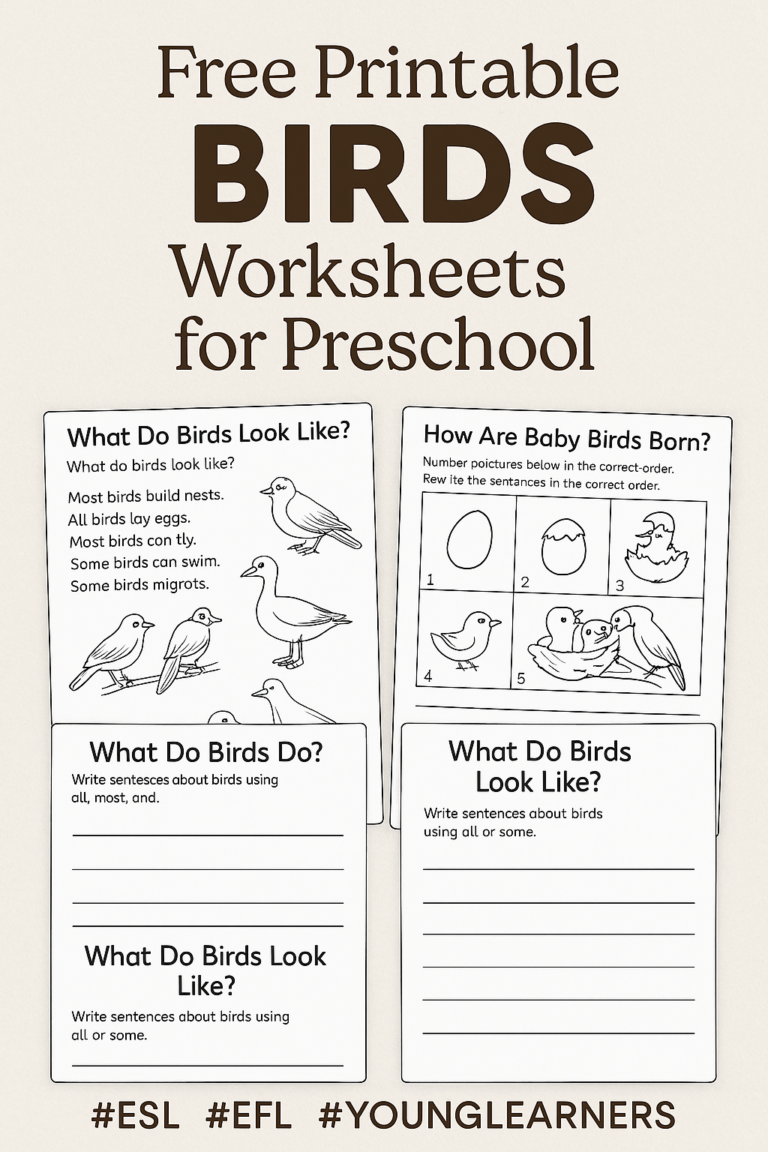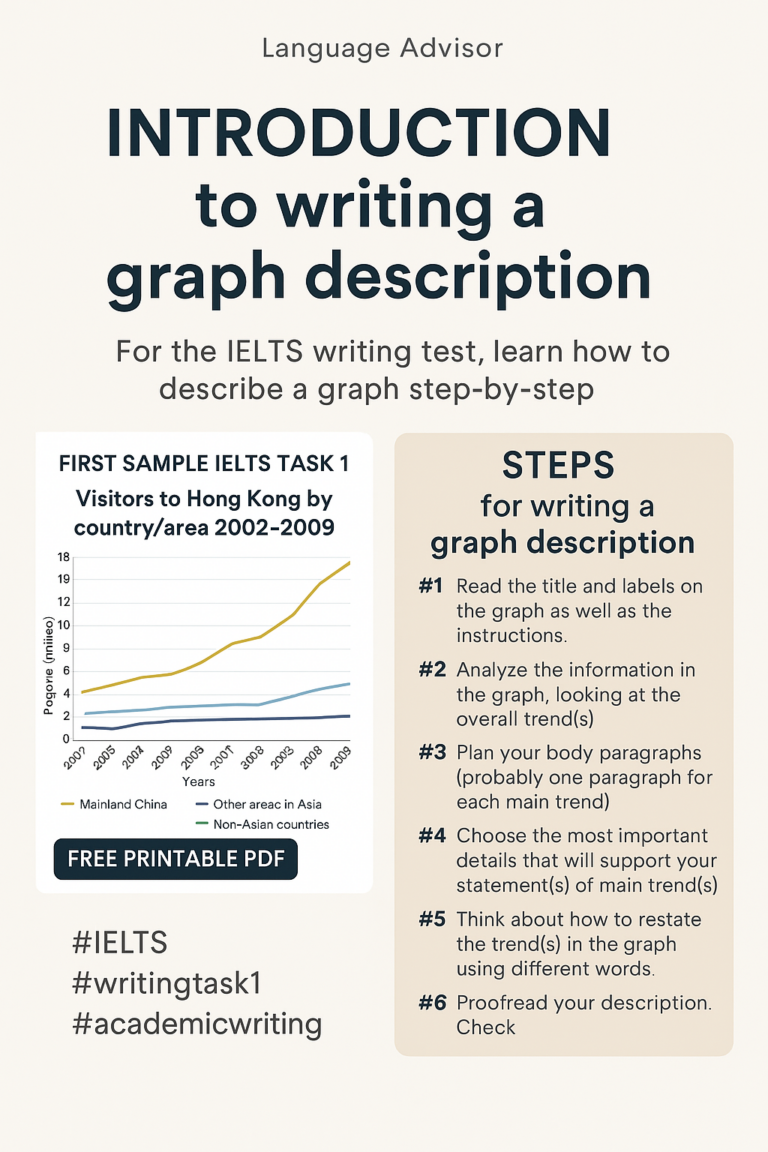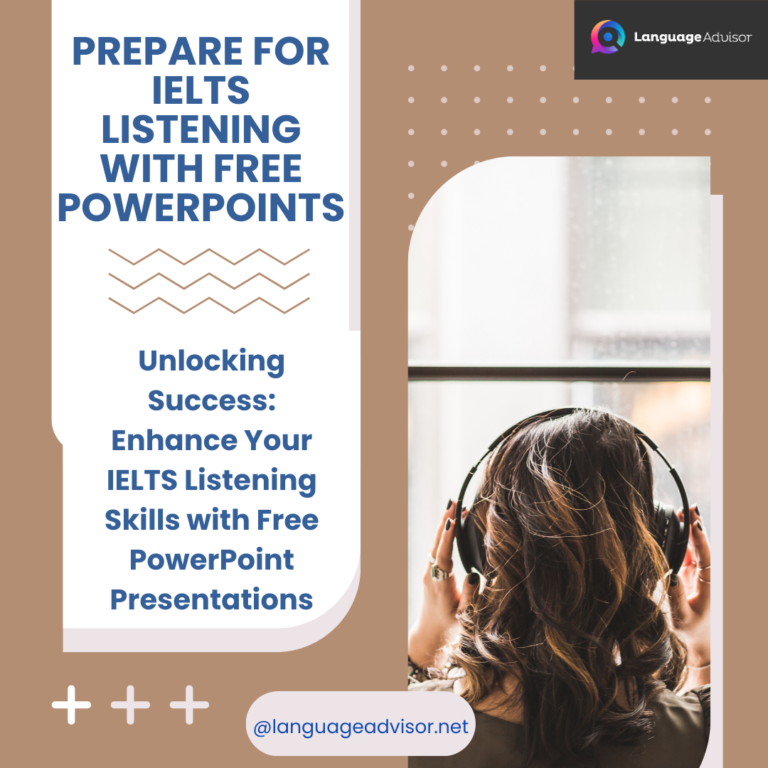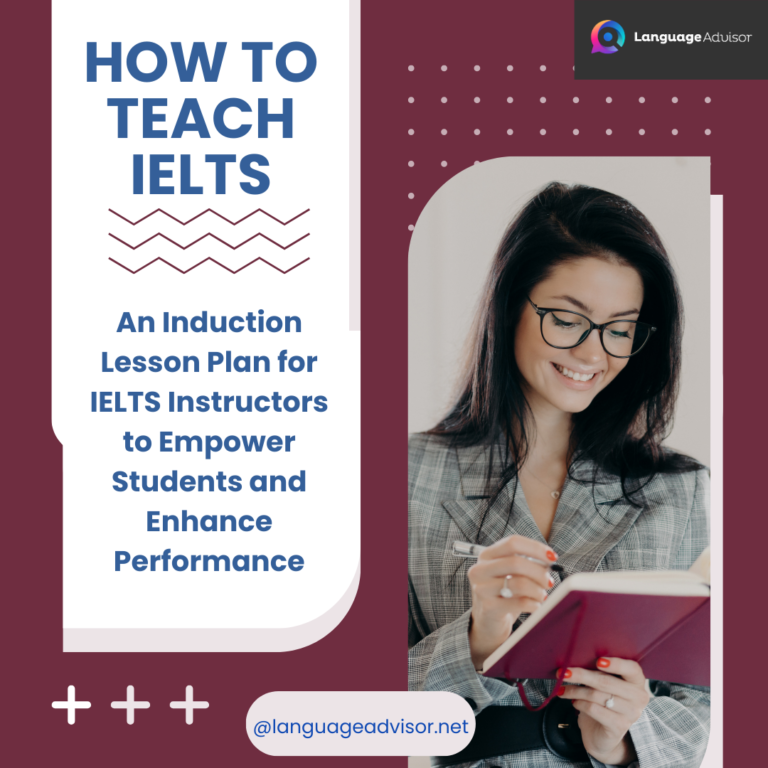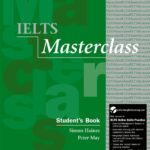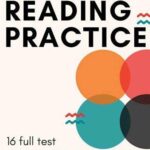IELTS Activity workbook. Mastering IELTS: Engaging Activities and Strategies for Success with a free downloadable eBook and Free printable PDF
IELTS Activity workbook

IELTS Activity workbook
This book is designed to expand your vocabulary, improve your reading, writing, listening, and speaking skills by teaching you about interesting topics such as history, psychology, sociology, technology, philosophy, and more.
How to Use This Workbook
Start by watching the video at the beginning of each unit. It is advised that you watch the video first, then read the ‘Listening script’ (a transcript of the narration over the video) and underline or look up the vocabulary words you do not understand. You can find a list of the vocabulary words – complete with definitions – under the ‘Vocabulary words’ section, though you are advised to research these words on your own too (this process will be explained later on).
After learning the vocabulary words, re-watch the video whilst reading the script, and see if you understand it better. Afterwards, you should be able to answer the preliminary questions.
Sometimes there will be another (more in-depth) article about the same subject – with no accompanying video – and additional vocabulary words. This is done not only to add an extra layer to the unit, but also to highlight the differences between the spoken English or a narrated script, and the written English of an article.
Unit Structure
As you progress through the unit, you may find questions related to reading, writing, vocabulary (including synonyms and antonyms), and conversation subjects. Some sections may ask you to write your opinion on a subject, whilst others may ask you to examine facts (in a graph, for example).
If you are working in a group, there may be discussion topics which you can talk about in groups. Ideally, discussion groups should be set up so that people with differing opinions are given the opportunity to present their opinions separately in a respectful debate; this is a good way to develop your ability to express your opinion in an articulate manner.
Flexibility in Use
This book can be used individually, in small groups, or as part of a larger class. Units do not have to be followed in chronological order, nor does every exercise have to be completed. It is recommended (though not essential) that the book is followed chronologically, however, as some vocabulary words that appear earlier may not be defined in later units, and so vocabulary absorption may be less efficient.

Defining vocabulary words:
As mentioned earlier, though this book provides definitions for the vocabulary words, it is still recommended that you find your own definitions too. The most efficient and comprehensive way to do this is to follow these five steps:
- Research the etymology of a word. The etymology of a word shows you where the word comes from (Latin, Greek, Old English, etc.), and will help you to understand similar words in the future. For example, the word “Zoology” comes from the Modern Latin word ‘Zoologia’, where ‘Zoo’ means ‘Animals’ and ‘Logia’ means ‘To study/think’ (as in the word ‘Logic’). So naturally, we can guess that ‘Zoology’ is ‘the study of animals’, and words beginning with ‘Zoo’ are related to animals in some way, and words ending in ‘ology’ are likely related to a field of study.
- Translate the word into your own language. This should help to give you a direct understanding of the word in your own language. Be aware, however, that there may be many translations of this word, and it could be that none of them are an exact translation.
- Find the word in a sentence. Learning a new word has little use if it cannot be seen in a sentence. Typing into a search engine: “[word] in a sentence” will bring up some examples of how the word is applied.
- Find some synonyms/antonyms for the word. Learning some synonyms (words which are similar) and antonyms (words which are opposite) will help you enormously in understanding a word and expressing it in different ways. It will also help you learn how to paraphrase.
- Find homonyms for the word. Homonyms, broadly defined, are words which sound alike or are spelled alike, but have different meanings. It is important to know the homonyms of a word so that you understand how the word may be used in different contexts and sentences. Many words in English have numerous definitions or may be used in different ways. For example, ‘Building’ is a verb in continuous form (‘I am building a house’), but it can also be used as a noun (‘The building was very beautiful’). You could even use both forms in the same sentence (‘I am building a building’).
In conclusion, expanding your vocabulary and enhancing your understanding of English requires a multifaceted approach. By researching the etymology of words, you gain insight into their origins and relationships with other words. Translating words into your own language provides a direct comprehension, while finding words in sentences shows practical applications. Identifying synonyms and antonyms broadens your ability to express ideas diversely, and exploring homonyms ensures you grasp the multiple meanings and contexts of words. By following these steps, you will develop a richer, more nuanced command of the English language, enabling you to communicate more effectively and confidently.

Browse the eBook Worksheet or Download the PDF for Free

IELTS Activity workbook. Also check out these resources to prepare for IELTS



